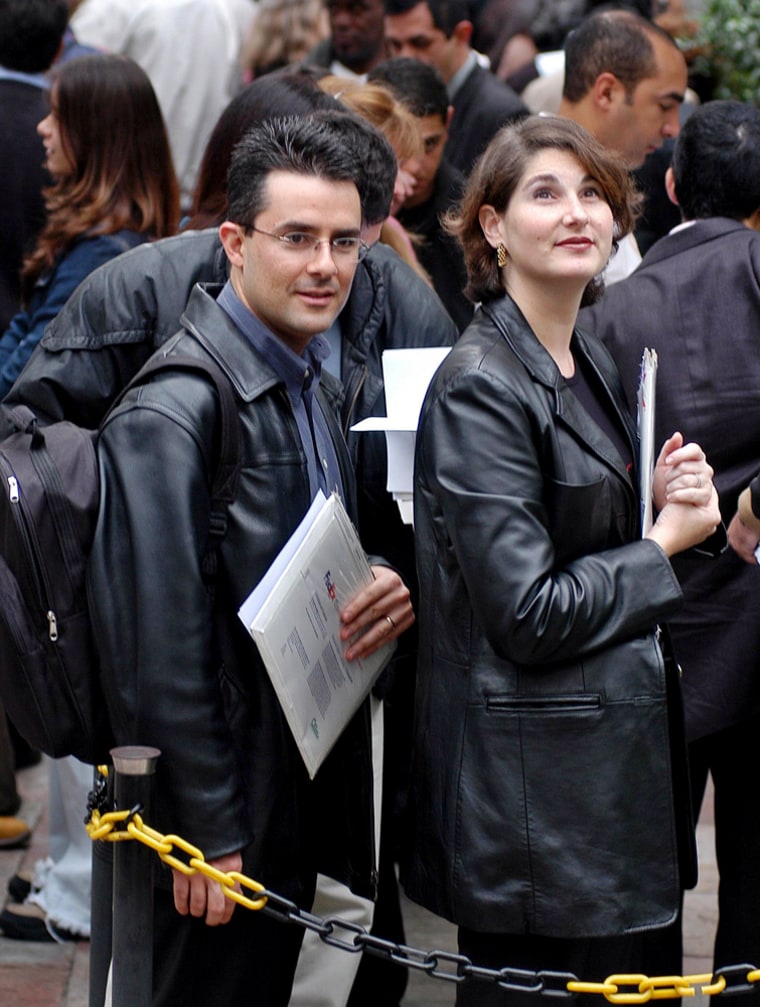Visiting the United States isn’t as popular as it used to be mainly because of delays and difficulties in getting visas, long lines at customs and aggressive promotional campaigns from other countries.
Travel executives told a Senate panel Wednesday that people are going elsewhere for those reasons. And long lines at Customs were blamed for the U.S. losing out on the 2007 Pan American Games to Brazil and a big concern for the U.S. Olympic Committee as Chicago and Los Angeles compete for the 2016 Olympics.
Fewer international visitors are coming to the United States since the Sept. 11, 2001, terror attacks, despite an initiative announced a year ago by top government officials.
In 2000, the United States was the destination for 7.5 percent of all international travelers.
After the terrorist attacks, tourism plummeted. Four years later, only 6 percent of international visits were to the United States, according to the Commerce Department.
Lawmakers and travel executives are working on strategies to boost international tourism, which contributes $1.3 trillion and 7.3 million jobs to the U.S. economy, according to the Travel Industry Association.
“It’s a significant part of the economy and we’re losing our share,” said Sen. Byron Dorgan, the North Dakota Democrat who chairs a Senate panel investigating the issue.
The decline is especially notable since the weak dollar has made visits to the U.S. cheaper for foreign tourists.
Stevan Porter, an executive with Intercontinental Hotels and chairman of the travel group Discover America Partnership, told the Senate Commerce Committee on Wednesday that getting through Customs has become a daunting experience.
“The policies implemented — well-intentioned — over the past five years, appear to have strengthened our security,” Porter said. “Lost, however, were efficiencies and a semblance of customer service.”
Also lost, he said, were the 2007 Pan American Games, which were awarded to Rio de Janeiro over San Antonio.
“The U.S. Olympic Committee ... recognizes this as a similar concern pursuing award of the 2016 Olympics to either Chicago or Los Angeles,” Porter said.
Jonathan Tisch, chief executive of Loews Hotels, told the committee that potential tourists to the U.S. have to wait so long and travel so far to get a visa that some are choosing to go elsewhere.
Since shortly after the Sept. 11 attacks, people who need a visa to visit the United States must apply in person so a consular official can conduct a face-to-face interview.
But in large countries like Brazil, Russia, China and India, would-be tourists have to travel quite far just to apply for the right to travel to the U.S. sometime later.
The average wait time for a visa appointment in Rio de Janeiro is 38 days, according to the State Department. In the southern Chinese city of Guangzhou, the wait is 22 days.
Henrietta Fore, undersecretary of state for management, acknowledged Tuesday that the consular offices are understaffed, though more officers have been hired. She said President Bush will request even more consular officers next week in his 2008 budget, but she wouldn’t say how many.
On Jan. 17, 2006, Secretary of State Condoleezza Rice and Homeland Security Secretary Michael Chertoff unveiled a flat-screen monitor at Dulles International Airport and announced the “Rice-Chertoff vision” to welcome legitimate visitors while protecting U.S. borders.
The screen with a welcoming message was just a small part of a strategy to promote tourism while streamlining the entry process, they said.
“It hasn’t had much of an impact,” Dorgan said. “It’s easy to announce initiatives. It’s much harder to make them work. That’s been the case with Homeland Security.”
Rice and Chertoff announced that Dulles Airport and Houston’s George Bush Intercontinental Airport would serve as model airports, with instructional videos that help explain the entry process and Customs and Border Protection officers screening visitors better and faster.
But the instructional video hasn’t been produced, and there are still shortages of CBP staff, the Travel Industry Association said.
At a meeting of travel executives, Homeland Security Deputy Secretary Michael Jackson said the two departments were studying the results of the model airport program. “We could do just a little better job of this,” Jackson said.
There have been some successes. Rice and Chertoff promised to speed visa processing for businesspeople, students and academics. In the 2006 budget year, a record number of student visas were issued — 6 percent more than in the year leading up to the Sept. 11 attacks. The State Department also issued more business visas — 12 percent more in 2006 than the year before.
Travel executives are asking for more airport and consular staff, a visa system that uses new technology, more model airports and a campaign to promote the U.S. as a welcoming place to visit.
